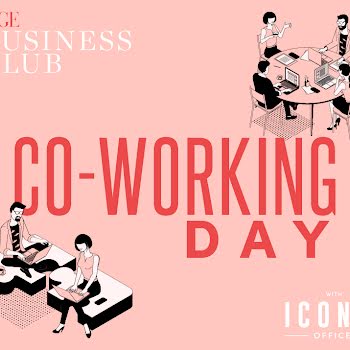
Breast or bottle – why we need to stop shaming other women for their parenting choices
By Lia Hynes
06th Oct 2018
06th Oct 2018
On National Breastfeeding Week, we pull a piece in our archives by Lia Hynes on reality of breastfeeding
The baby wriggles from side to side, mewling, its tiny face scrunched in frustration. The woman desperately grapples with his head and her breast, frantically trying to get one latched onto the other.
The child looks to be a mere couple of weeks old and has entered that frantic, hysterical-with-hunger stage that renders an infant too upset to actually begin to feed. By this stage, his mother’s blouse has been fully yanked down; she is, to all intents and purposes, topless, but clearly beyond caring.
This is all taking place at the busy reception of my local gym. The harried woman is oblivious to the people surrounding her, so focused is she on her task.
Hangry baby unable to latch on – it’s just one of the endless minor challenges women face when breastfeeding. There’s the constant sweating and feeling of general dampness, the cracked nipples, the endless breast pads, the fear of visibly leaking.
When it works, it can be wonderful, but the thing that most people do not understand about breastfeeding (well, one of many things) is that so much of it has nothing to do with choice. Even deciding in the first place on breast or bottle is not just a matter of personal preference, but rather a case of will it even be possible.
I have numerous friends who were dead set on breastfeeding, who killed themselves trying to make it work before being forced to give up in the face of the worry that their baby was simply not getting enough nutrition. And they were heartbroken. In the maelstrom that is the first few weeks of parenting, there is much to make a woman feel like she is failing. Not managing to breastfeed seems to be one of the most painful sticks with which we beat ourselves.
I was lucky. My daughter’s instinct for boob was so strong, she practically crawled up to latch on once the midwife placed her on me.
I took ten months of maternity leave, but at seven months, the person covering me was going on holiday, and the office asked if I would consider coming in to cover. Part of me relished the opportunity to crank up that part of my brain again. Herself was feeding every four hours by then. I had half-heartedly used the breast pump but was slightly broken by all the new-baby equipment, and had never really taken to it. So I agreed with the office that I could come in for three-hour stints, four max, and would do a lot of the work from home.
It literally never once occurred to me to bring the breast pump into the office. I was not a particularly shy breastfeeder. But the thought of mixing work with the feeding process would not have presented itself. And this was an office which had been particularly sympathetic and supportive of my pregnancy. An ergonomic chair had been ordered. I was given a parking space- gold dust at the time. I have no doubt a request for a private space in which to pump would have been accommodated.
But the thought of getting up in the middle of the open-plan office and walking out with my bag of pumping paraphernalia, sitting in a room somewhere praying no one outside would notice the chug chug chug noise of my little pump, then bringing the results to store in the fridge, and washing the pump in the communal kitchen? I spent a day at home planning outfits with my mother before going back to the office; what in my wardrobe would both fit and create the impression of a person holding it all together. A sartorial attempt to plaster over the cracks of new motherhood. Taking the breast pump with me would have been to bring something of the vulnerability of having a child renders in you into the workplace. A mixing of the personal and the professional I could not contemplate.
At it’s worst, pumping in work is not for the faint-hearted.
Opening Belle by Maureen Sherry is an account of life as a female trader on Wall Street, a position the author herself held for a number of years, as a managing director of failed bank Bear Stearns. Writing in The New York Times, she outlined the experiences she had had around pumping in the office.
“I…didn’t mention the “moo” sounds that traders made when I headed to the nurse’s office with a breast pump, or the colleague who on a dare drank a shot of the breast milk I had stored in the office fridge,” she recalled.
The reality of breastfeeding after going back to work is that again, choice often has little to do with it. For one thing, your baby taking a bottle is far from a given. One friend told me she decided not to go back to work after her baby simply would not take a bottle and the stress became too much to handle. A friend who is now a mother of three recalled that on her first child she went home every afternoon to pump; too uncomfortable to ask that a room be assigned at her office.
Going back to work after having a baby is a difficult enough balancing act as it is. One friend working shifts that started at seven would rise at five to pump. For many women, trying to continue breastfeeding, much as they might want to, is simply one ball too many to keep in the air.
And yet, if a woman wants, to, continuing to feed can be a moment of bonding that can help in the stressful transition between being your child’s full-time carer and leaving them for large parts of the day. For some women, expressing milk is not necessary to maintain their flow, but for others, the inability to pump at work will be the death knell of their breastfeeding journey.
*This article was originally published in 2018























